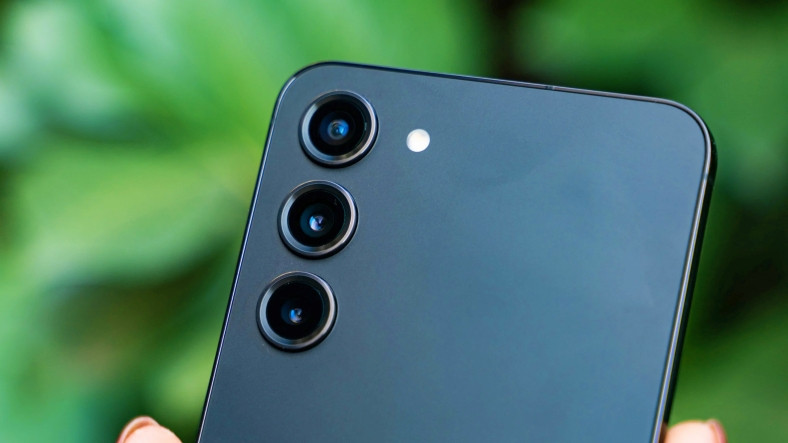In 2022, as industries around the world grapple with supply chain crises, a small group of people came to the headquarters of Rosco, one of the world’s color giants, and wanted all the pinks.
They were on the sets of the movie ‘Barbie’ and were about to leave the world in rosy color.
And no, that’s not an exaggeration. As Lauren Proud, Rosco’s vice president of global marketing, explains, they “didn’t use all the paint they had on hand”; It was really complicated to be able to supply all the pink the production needed. The quantities that ‘Barbilandia’ needed to be reliable were so large that they left stocks at zero.
It wasn’t just the supply chain crisis that was the problem, but a terrible blizzard in February of last year had put Texas out of the game, affecting many of the key ingredients to make the rose strains they needed.
Despite Rosco’s explanations, I don’t know how true this is. Considering that some flavors, smells and colors are produced in very special places… Even if only for a certain tonality. But thinking about it made me ask myself something I never thought I would ask in public…
How to make pink? It’s no secret that when we talk about pink, we’re mainly talking about a light shade of red. This means it has the same origin as red. It can be obtained from some plants, roots and chemical products… but as we explained a few weeks ago today, most of the pink color comes from the cochineal.
This silly idea explains a lot about pink. Because the cultural history of the color pink is a matter of curiosity. As the movie ‘Barbie’ shows, although its connection to female gender roles is extremely strong. This has not always been the case. In 1927, for example, Time magazine scoured specialty stores in the United States to find out what color was appropriate for each gender to wear. About 60% assigned pink to boys.
In 1918, Earnshaw’s parents’ magazine reported, “The generally accepted rule is that pink is for boys and blue is for girls. This is because pink is a more stable and strong color, better suited for boys, while blue is more delicate.” It’s nicer for the girl.” So, about a century ago, North America used to dress children in pink.
And the explanation given is simpler than it seems: in Christian cultures, red was a color for men because it mixed the red of passion with the white of purity. On the other hand, in classical iconography, blue (and especially light blue) was directly linked to virginity, the Immaculate Conception.
It’s a unisex culture. However, children often dressed unisex. Partly for practicality (many children were born and clothes were expensive); partly because children are much less valuable than they are now. Societies accustomed to death rates that can be frightening today have protected themselves by controlling the social and cultural importance of children.
A few years ago, Professor Viviana Zeliner researched the issue and concluded that there is no historical evidence that deep mourning for the death of young children before 1800 was common in England, France or the United States. From that very moment (from 1800 to 1930) “little children became priceless treasures.”
It’s not an exaggeration either. In 1896, a two-year-old boy died due to the negligence of the Georgia Southern Railroad Company. The parents demanded compensation of two dollars for each month of their life. The judge refused and forced the company to pay only the funeral expenses.
The justification was that “a child of that age was not able to earn any income in the family and therefore the defendant could not be held liable for damages”. In 1979, parents of a child of the same age received $750,000. In less than a century the social value of children skyrocketed.
That’s when everything changed and it started to make sense to educate children from an early age the way adults wanted them to be. I’m afraid the rest of the story is known.
in magnet | Why do the images of this Syrian child worry us more than any adult in the same war?
Image | movie barbie













